Out Now
The Aussie Issue
Current Issue
The Aussie Issue
DEC 25 - JAN 26
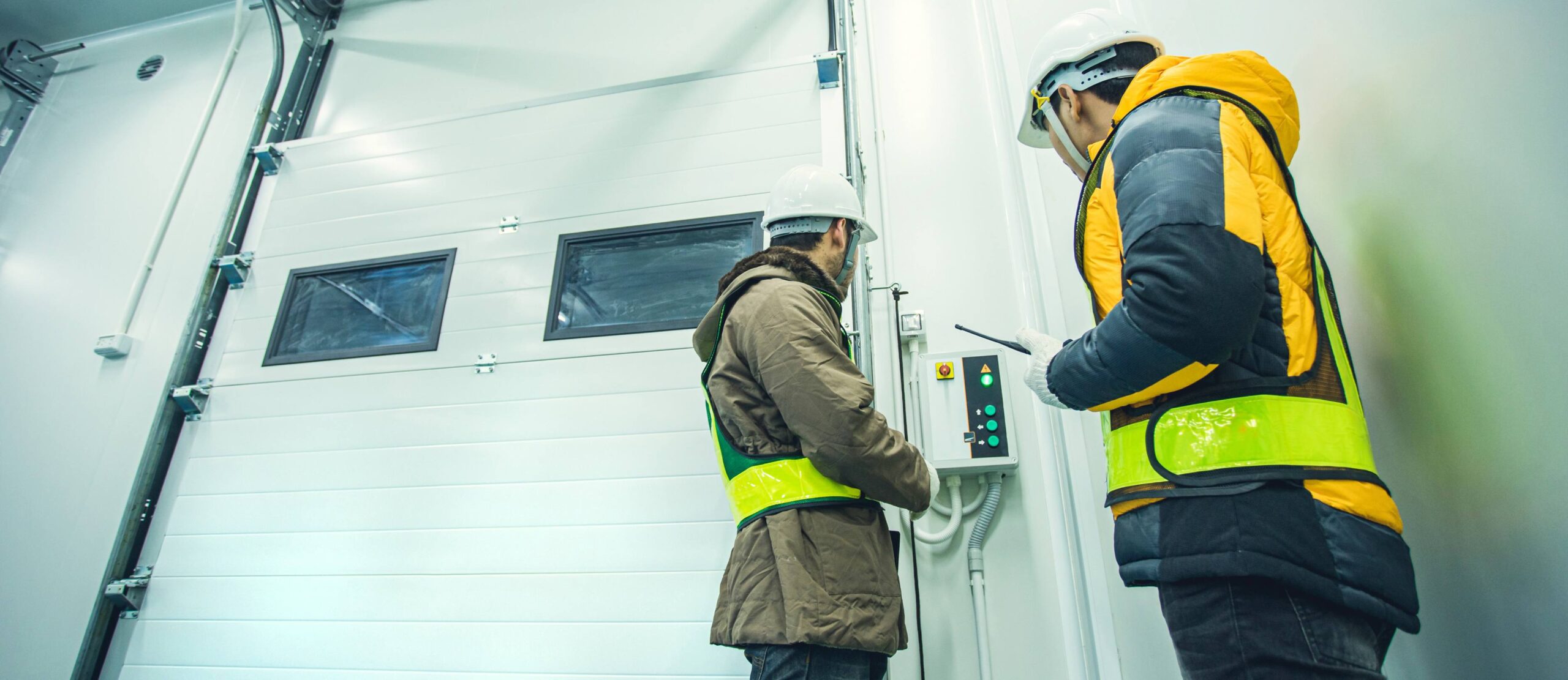
Whether you’re working in the great outdoors or in some chilly roof cavities, it’s important for you and your team to keep the blood flowing and the warmth up.
It’s only for a few weeks of the year, and only truly affects certain areas of this vast country of ours, but the cold weather can certainly have a major impact on us.
From a physiological perspective as well as a psychological one, cold weather can come as a shock, particularly when we’re not that used to it.
This is important for a few reasons, including cellular function, enzyme reactions and essentially keeping our body in balance.
Just as we respond to warm weather by sweating to cool down, our bodies react to cold weather by shivering, which is our body’s way of trying to warm us up.
The body has to work a lot harder than usual to maintain its ideal temperature (which is generally accepted to be around 36-37˚C), and placing this extra load on the body can result in a state of increased stress and anxiety.
This can result in the body being in a constant state of tension – which isn’t too conducive to performing at your max.
Studies have shown that working in cold weather for prolonged periods of time can also lead to a decrease in cognitive function. The brain is less able to process information and make decisions, which can have a negative impact on productivity and job performance.
As well as a drop off in cognitive performance, working in cold weather can also lead to a decrease in physical performance, as the body is constantly working to maintain its internal temperature.
This can increase the risk of injury and accidents, which can have a further impact on an individual’s psychological well-being.
In addition to these psychological effects, working in cold weather can also have some negative physical effects on the body.
Exposure to extremely cold temperatures can lead to a variety of health issues, including frostbite, hypothermia, and respiratory problems, but even working in temperatures that are colder than what you’re used to can have a negative impact on your well-being, causing discomfort, pain, and frustration.
This, of course, is problematic when you’re an electrician – and, as you might expect, working in cold weather can also increase the risk of workplace accidents and injuries.
That decreased blood flow and numbness in the hands and feet can lead to a loss of dexterity and grip strength, increasing the risk of slips, trips, and falls. It can also impair vision and judgement, increasing the risk of accidents with machinery and vehicles.
So, if you or your team are working in the cold this winter, take steps to reduce the effect of the cold – warm-up breaks, the right clothes and cups of tea to warm up will keep you right!
Tips for working in cold weather |
|
|---|---|
#1: Dress appropriately |
Choose clothes that are made of materials that provide insulation and can wick away moisture, such as wool or synthetic fabrics. Layer clothing to trap heat close to the body, and if practical, wear a hat, gloves, and insulated boots. |
#2: Take breaks to warm up |
It’s important to take regular breaks to warm up and allow the body to rest. This can include going inside to warm up, taking a break in a heated vehicle, or using a heated shelter if available. |
#3: Stay hydrated |
Drinking plenty of water is important to keep the body hydrated and maintain blood flow. Bad news – drinking caffeine or alcohol can lead to dehydration and increase the risk of hypothermia. |
#4: Eat a balanced diet |
Eating a balanced diet with plenty of protein, carbohydrates and healthy fats can help keep the body fuelled and maintain energy levels. |
#5: Be aware of the warning signs |
Numbness or tingling in extremities, shivering, confusion, and drowsiness are all symptoms of overexposure to the cold. If these symptoms occur, it’s important to take action to warm up and seek medical attention if necessary. |
Keep up to date with our latest news and competitions by subscribing to our regular newsletter.

Issue 189
OCT - NOV 2025

Issue 188
AUG - SEPT 2025

Issue 187
JUN - JUL 2025

Issue 186
APR - MAY 2025

Issue 185
FEB - MAR 2025

Issue 184
DEC 2024 - JAN 2025

Issue 183
OCT - NOV 2024

Issue 182
AUG - SEPT 2024

Issue 181
JUN - JUL 2024
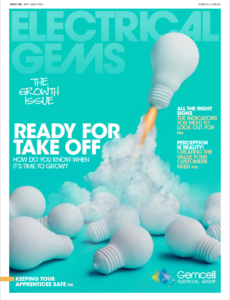
Issue 180
APR - MAY 2024
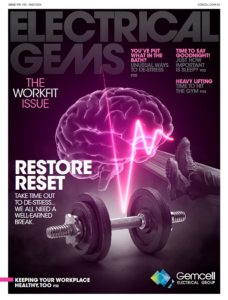
Issue 179
FEB - MARCH 2024

Issue 178
DEC 2023 - JAN 2024
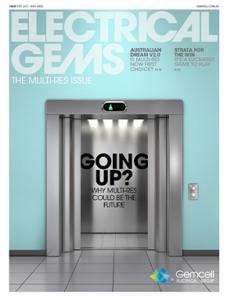
Issue 177
OCT - NOV 2023

Issue 176
AUG - SEPT 2023

Issue 175
JUN - JUL 2023

Issue 174
APR - MAY 2023
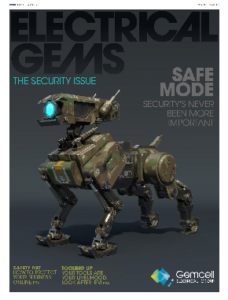
Issue 173
FEB - MAR 2023

Issue 172
DEC 2022 - JAN 2023
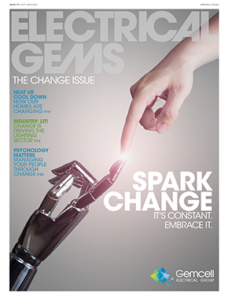
Issue 171
OCT - NOV 2022

Issue 170
AUG - SEPT 2022

Issue 169
JUN - JUL 2022

Issue 168
APR - MAY 2022

Issue 167
FEB - MAR 2022

Issue 166
DEC 2021 - JAN 2022

Issue 165
OCT - NOV 2021

Issue 164
AUG - SEPT 2021
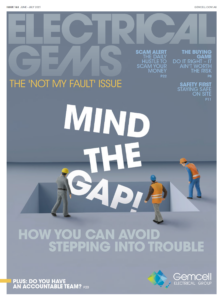
Issue 163
JUN - JUL 2021

Issue 162
APR - MAY 2021

Issue 161
FEB - MAR 2021

Issue 160
DEC 2020 - JAN 2021
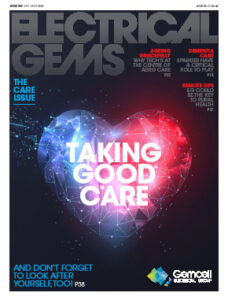
Issue 159
OCT - NOV 2020

Issue 158
AUG - SEPT 2020

Issue 157
JUN - JUL 2022

Issue 156
APR - MAY 2020

Issue 155
FEB - MAR 2020

Issue 154
DEC 2019 - JAN 2020

Issue 153
OCT - NOV 2019

Issue 152
AUG - SEPT 2019

Issue 151
JUN - JUL 2019

Issue 150
APR - MAY 2019

Issue 149
FEB - MAR 2019

Issue 148
DEC 2018 - JAN 2019

Issue 147
OCT - NOV 2018

Issue 146
AUG - SEPT 2018

Issue 145
JUN - JUL 2018

Issue 144
APR - MAY 2018

Issue 143
FEB - MAR 2018

Issue 142
DEC 2016 - JAN 2017

Issue 141
OCT- NOV 2017

Issue 140
AUG - SEPT 2017
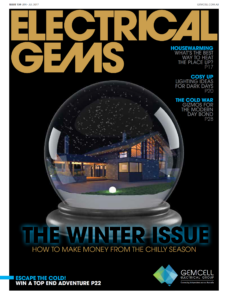
Issue 139
JUN - JUL 2017
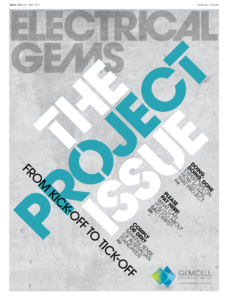
Issue 138
APR - MAY 2017

Issue 137
FEB - MAR 2017

Issue 136
DEC 2016 - JAN 2017

Issue 135
OCT - NOV 2017

Issue 134
AUG - SEPT 2016

Issue 133
JUN - JUL 2016
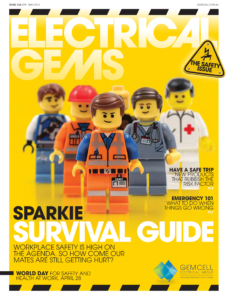
Issue 132
APR - MAY 2016

Issue 131
FEB - MAR 2016

Issue 130
DEC 2015 - JAN 2016
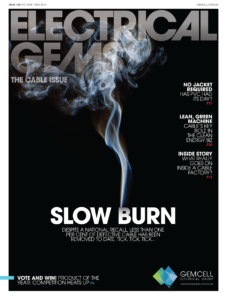
Issue 129
OCT - NOV 2015

Issue 128
AUG - SEPT 2015

Issue 127
JUN - JUL 2015

Issue 125
APR - MAY 2015

Issue 125
FEB - MAR 2015

Issue 124
DEC 2014 - JAN 2015

Issue 123
OCT - NOV 2014

Issue 122
AUG - SEPT 2014

Issue 121
JUN - JUL 2014

Issue 120
APR - MAY 2014

Issue 119
FEB - MAR 2014
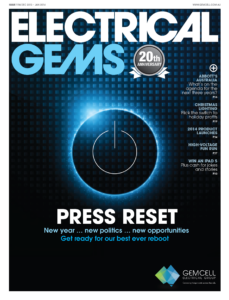
Issue 118
DEC 2013 - JAN 2014
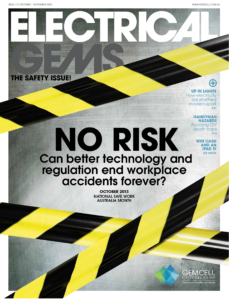
Issue 117
OCT - NOV 2013

Issue 116
AUG - SEPT 2013

Comments (0)
Write a Comment